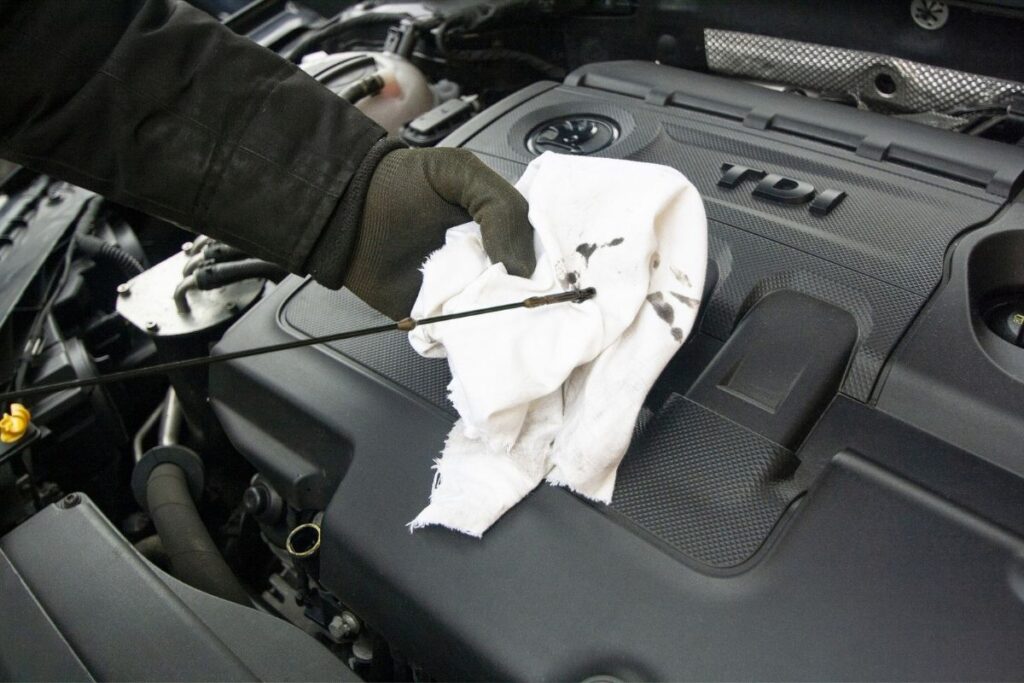The festive season slowly approaches, but as the days get darker and the nights get colder, we head into a dangerous time of year – especially for road users.
Drivers are reportedly 20% more likely to have a car accident in the winter, and for good reason: road hazards are plenty, and many are unprepared. Here are some key tips for preparing yourself and your vehicle this winter for driving safe.
Preparing Your Vehicle

There are a number of changes and modifications you can make to your vehicle to ensure its safety and continued running on the roads during the winter period. Firstly, you should think about changing your engine oil; old oil accrues dirt and grime from the engine over time, which changes its properties as a lubricant. As the temperature drops, these incorporated contaminants can “sludge up” and cause harm to your engine block, in some cases even seizing your engine. Changing your oil before the temperature drops will ensure that your engine runs smoothly in the cold and you will be driving safe.
Next up, you should think about changing your tyres for winter tyres, which have a wider and deeper tread, and a higher silica count in the rubber. Together, these qualities enable your tyre to stay supple even in freezing conditions, grip the road better and shake off any compacted snow while driving. You can buy tyres online with ease, making this a simple change ahead of the colder months.
Lastly, you should make sure to create an emergency kit for your car’s boot. This kit should include additional de-icer and antifreeze, an ice scraper for your windows and mirrors, extra clothing for the cold weather and snow chains for your tyres, in the event of a snowdrift.
When Driving in Snow
Driving safe in the snow can present many difficulties, especially as snow’s qualities change over time from powder to sludge. Make sure to drive slowly, using high gears with low revs wherever possible. This is because you have greater control over the power you send to your wheels, which takes more time to transfer; lower gears can result in spinning your wheels, making for an even more difficult rut to get your car out of.
Cornering and braking are also a much more tactile experience in the snow. Shift down to lower gears 5 to 10 seconds earlier than you would usually, allowing yourself to coast and naturally lose speed before gently applying the brakes and stopping, or turning at low speed.
When Driving in Icy Conditions

Icy conditions are not treated too differently to snowy conditions, however black ice can make corners a lot more dangerous – especially where you are not expecting ice. Snow is extremely visible, whereas ice is often impossible to see, requiring careful driving at all times on colder days. Also make sure to leave additional space between you and vehicles in front – at least double is often the norm amongst drivers. If you do find yourself skidding on ice, it is key that you do not panic, and retain control of your vehicle. Do not slam on your brakes; instead, take your foot off the accelerator slowly, and only engage the brakes gently when your car is coasting, and you feel regained control of your car’s direction.
One last thing to look out for in colder, icier conditions is the gritting of the roads. The salt in the grit can cause bodywork issues including rust, making it important that you wipe down or hose off your car or motorcycle regularly.












